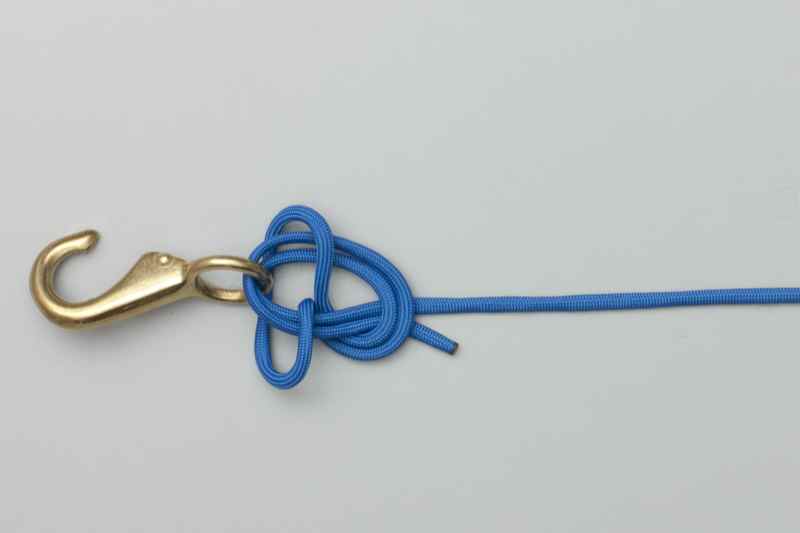The knots I use most frequently are the palomar, and the uni with an extra pass of the line taken through the eye.
The breaking strength of both is excellent, and both can be cinched up tight so that the knot does not slide on the hook eye. Both are also nice knots for not hooking weeds, and both work well with fluoro.
Incidentally, several, if not most, of the videos showing the palomar are wrong. Some show the loop that the fly is passed through left behind the hook eye. It should be passed over the hook eye so it cinches up the knot.
For flies that I want to wiggle I will generally use the Kreh loop unless I am using a heavy bite tippet or "shocker", which you probably don't care about, but it is below if anyone is interested.
If the shocker is 80 or 100lbs, I will just tie an overhand knot 3" up the line, snug it, pass the end through the hook eye then through the overhand, run the overhand to the hook eye, tighten by hand, tie another overhand over the standing line then lube, put the hook around something solid (deck cleat or the like) and cinch down with pliers.
Cheers,
Jim


